Stop by our nursery to see some of our new additions for your landscapes. El Nino Desert Orchid (Chitalpa ‘El Nino’) is one of our new plants that is a fabulous specimen. Plant it this Fall and you will be rewarded with fragrant, orchid-like purple flowers that bloom in Summer.
Fizzy Mizzy Sweetspire (Itea virginica ‘Fizzy Mizzy) is one of those plants that look beautiful in Spring through Fall. Green leaves emerge in Spring, followed by fragrant white flowers spikes that attract butterflies and hummingbirds in late Spring and early Summer. Fall color is red and burgundy. Itea is one of the few flowering shrubs that thrive in sun or shade and this compact variety will surely fit in your mixed border. An added bonus is deer resistance. Visit our nursery and ask our sales associates about other newer varieties that we carry.
November is the month when trees/shrubs/perennials head in their Winter dormancy. Several will put on quite a show before losing their leaves. They will need supplemental water if we don’t get adequate rain to help them with their Fall color and sustain them during their Winter slumber. Fertilizers are no longer necessary for trees and shrubs but will benefit from top dressing with compost. Apply about 1-2 inches for best results. Cool season annuals will benefit from water soluble fertilizers from November through March to help them bloom and grow during our colder months. If you haven’t already refreshed your mulch, 2-3 inches is ideal to help your soil maintain moisture and temperature. Be sure to keep the mulch away from the trunks of trees/shrubs.
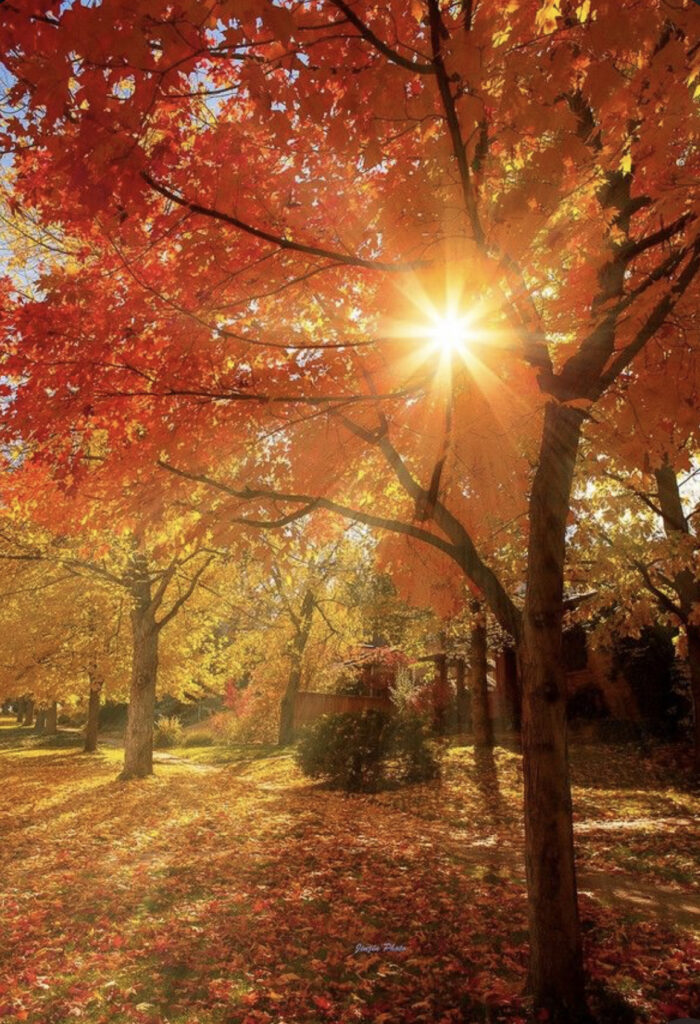
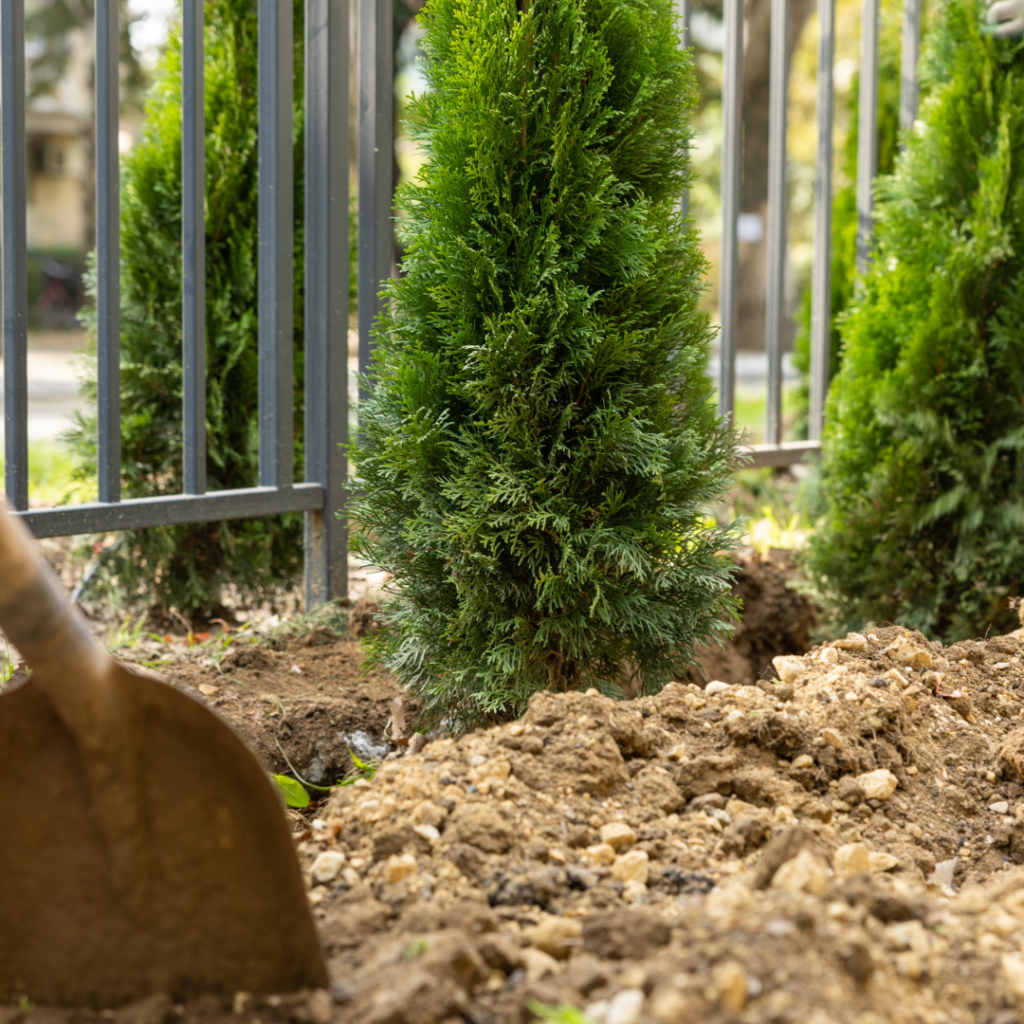
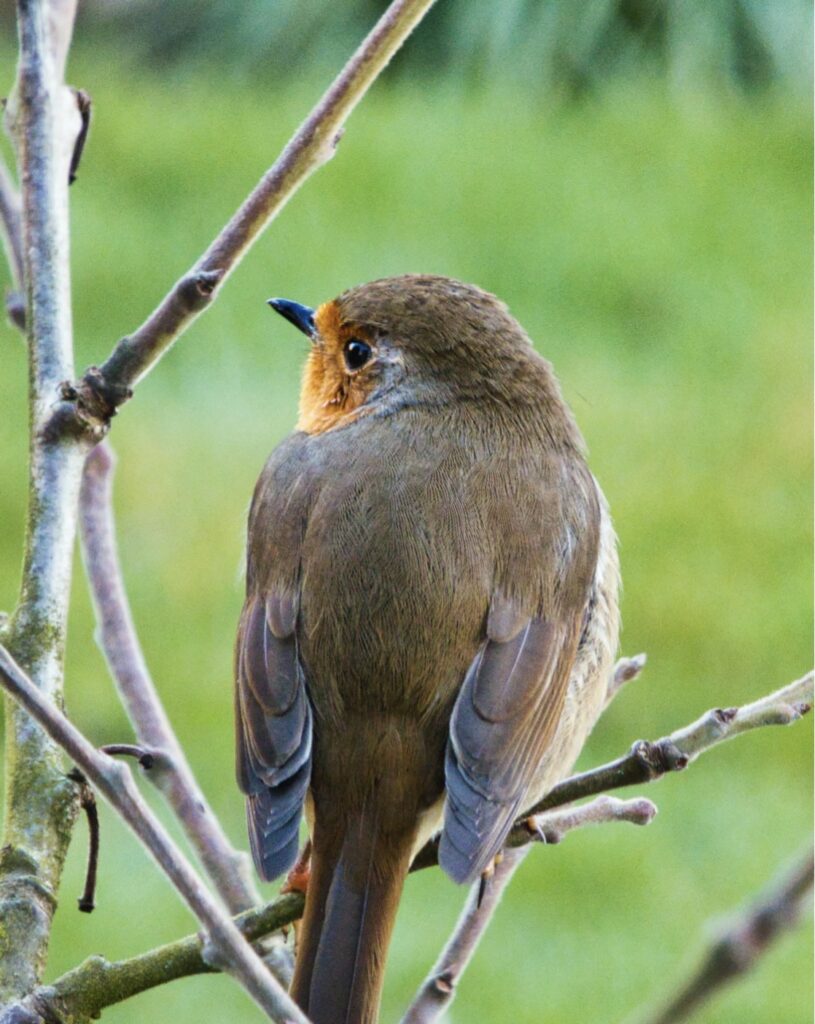
Balled and Burlap or container trees and shrubs may be planted in Fall. Amending the soil is always a good idea in our area to provide adequate drainage and better quality soil. Be sure to dig your planting hole twice as wide as the root ball and mix the native soil with your soil amendment before backfilling. It’s important to avoid planting your plant too deeply. Our guidelines for installing and maintaining healthy plants may be found on our website (www.scottsdalefarms.com) and copies are available at our registers.
Trimming herbaceous perennials will keep your landscape beds looking tidy. Consider leaving some seed heads for the birds – coneflowers and Black-eyed Susan seeds are relished by birds during Fall and Winter months. When cleaning up perennial beds be sure to remove leaves that may have fungal spots to help prevent spread of spores. Pre-emergent may be applied to help control weeds. Be sure to follow the directions on all products used in your beds.
You may continue to plant bulbs that bloom in Spring, like daffodils, tulips and hyacinths. Be sure to use a bulb fertilizer at planting for fabulous flowers in Spring. You may also force bulbs.
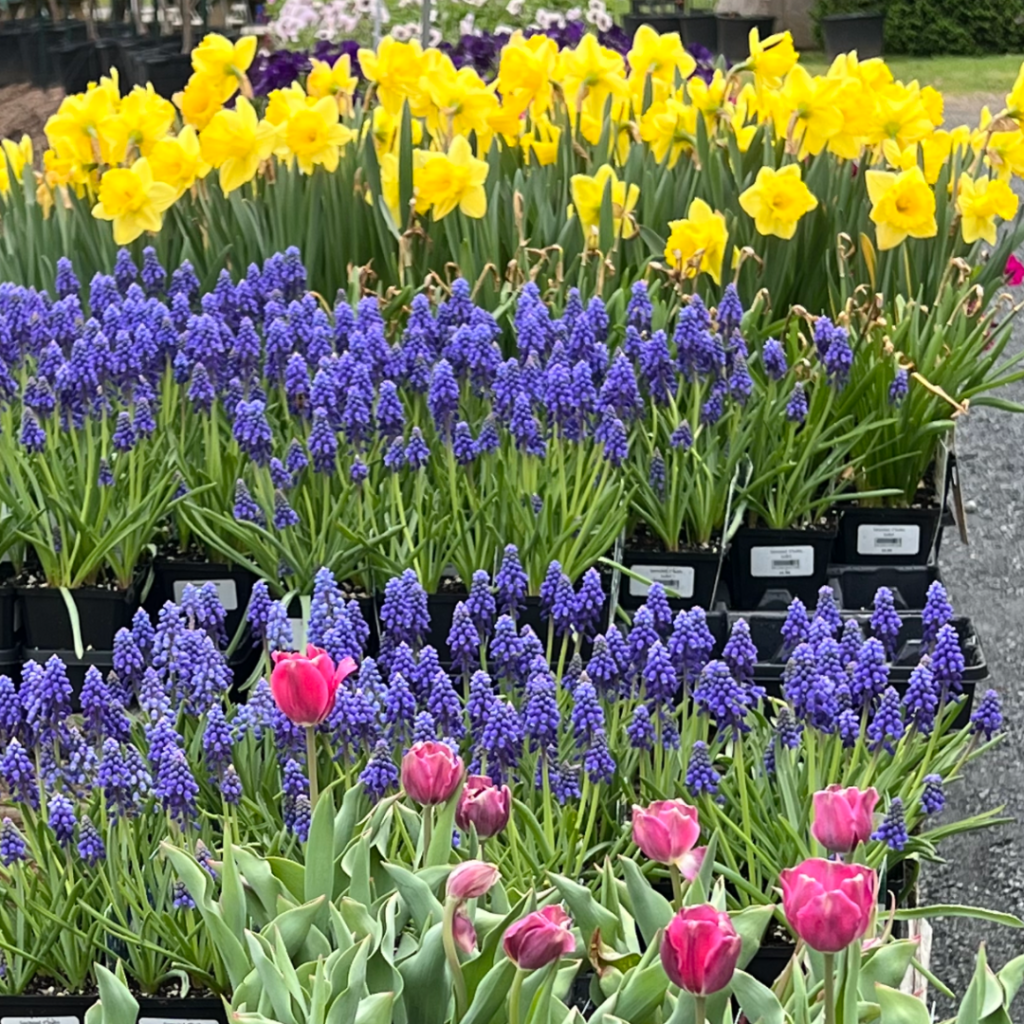
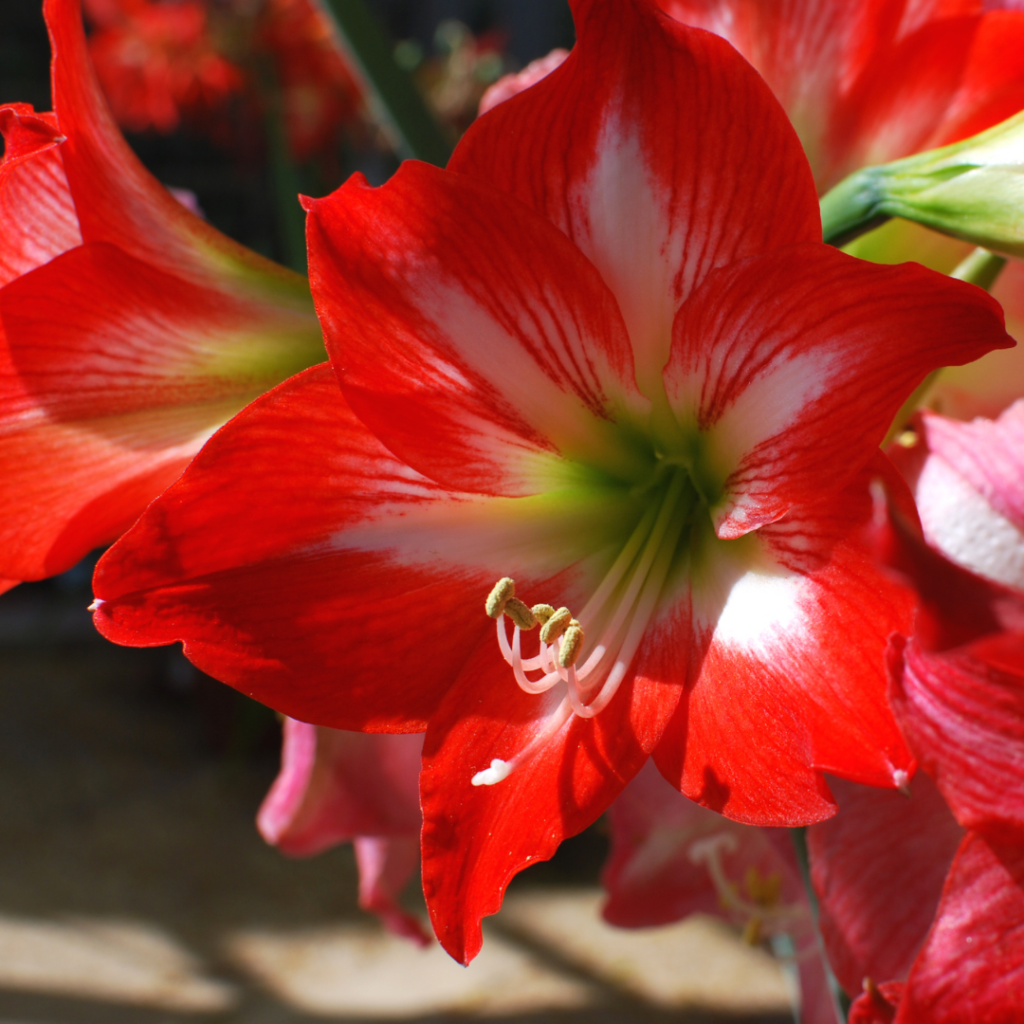
We have paperwhites and amaryllis bulbs that may be forced for beautiful holiday displays. Most bulbs can be forced, so consider using any bulb that you like for forcing.
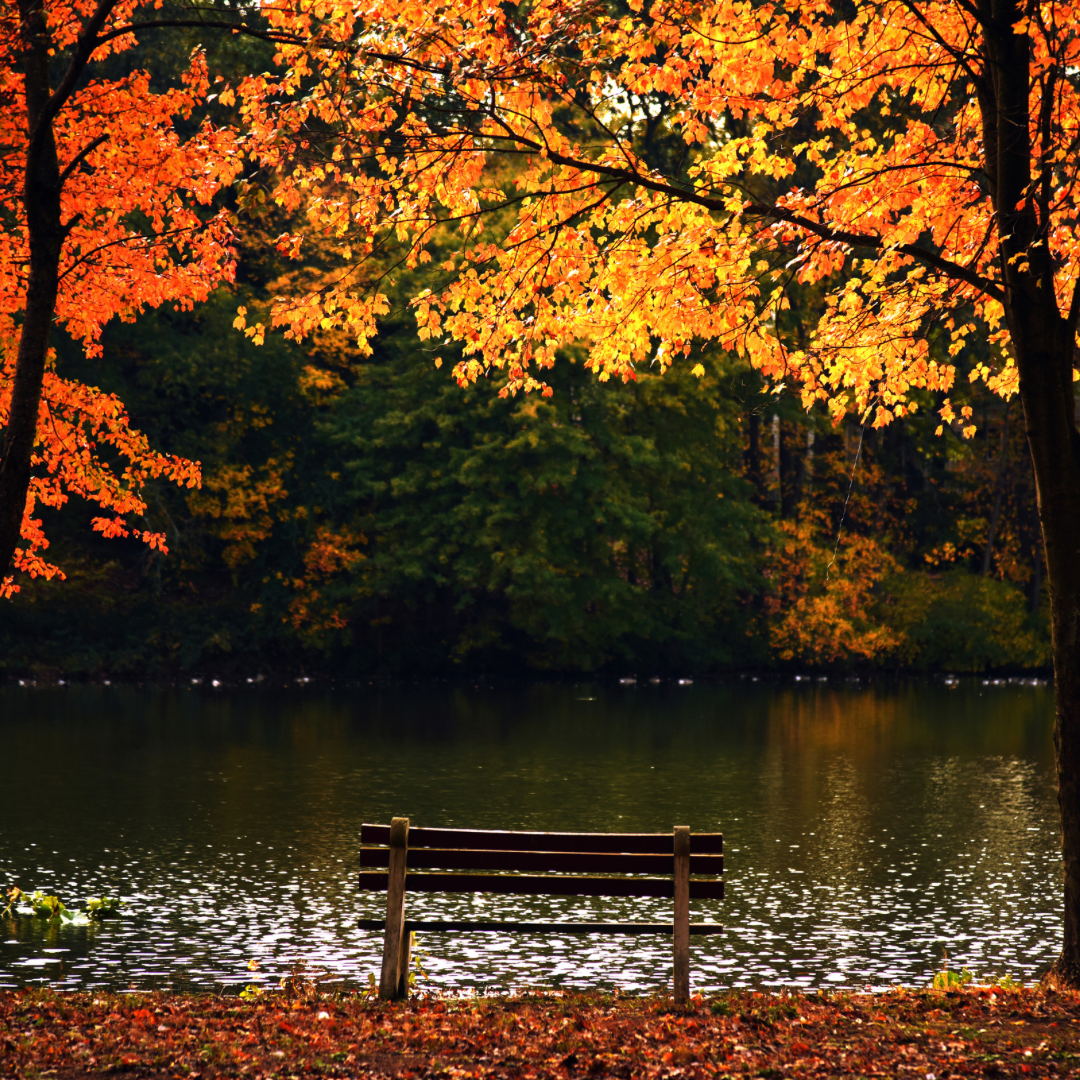
There are many differing opinions about fallen leaves out there. Leaving them in place allows critters a place to hide and offers our birds plenty of bugs to eat all winter. They can provide some insulation for tender perennials. They can also allow for pests to have a safe haven during our colder months and be unsightly. A compromise might be the perfect answer for you. Think about leaving some leaves where they fall if you have a wooded area. Rake leaves off your lawn and mulch them by running the lawn mower over them – you can add the mulched leaves to your compost pile or use them as mulch in more natural areas of your landscape. Let us know what you do with your fallen leaves. We promise not to judge your decision!
Enjoy the cooler temperatures and Fall color!
